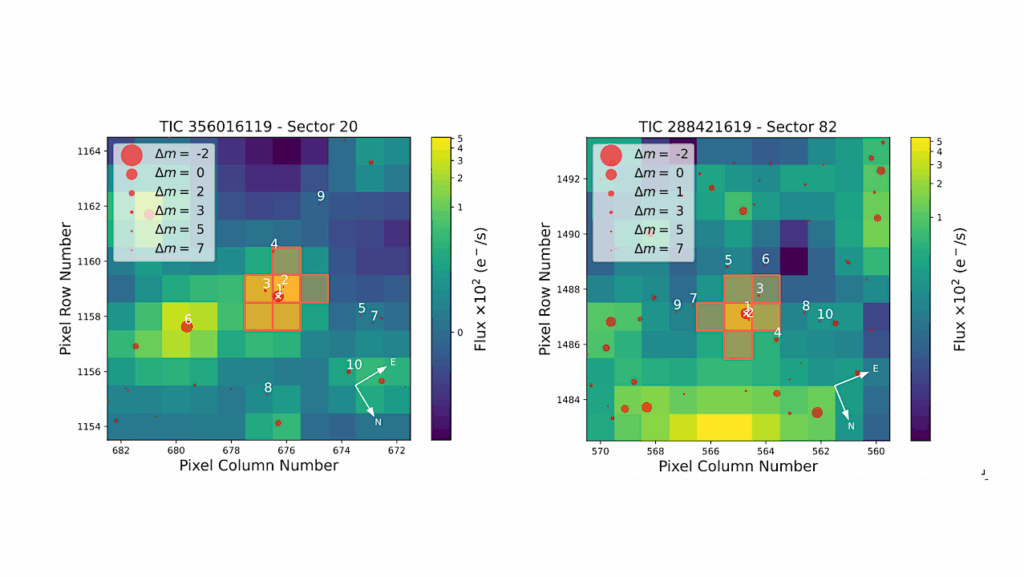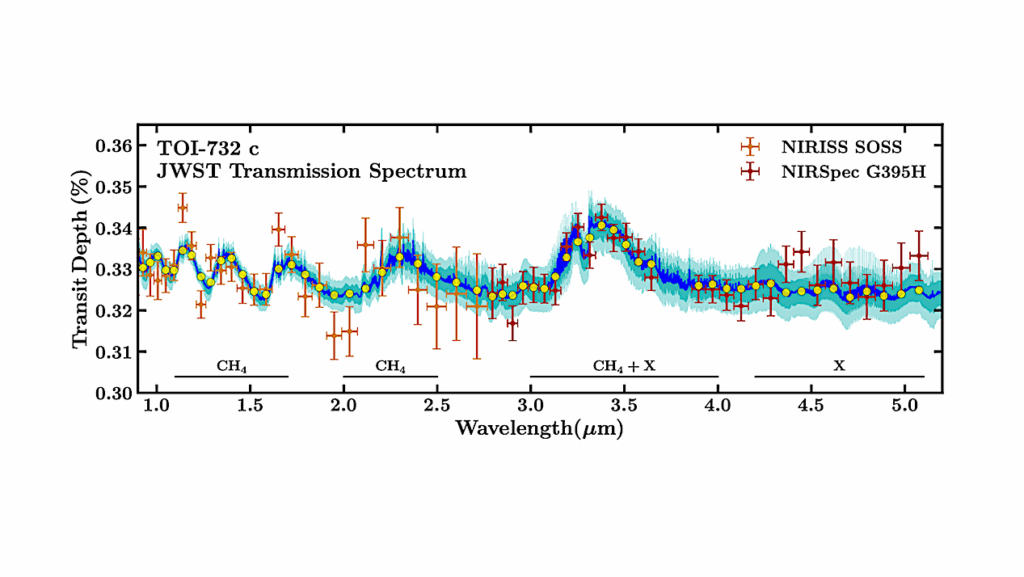Earth As An Exoplanet

The search for habitable and inhabited environments beyond our planet commonly focuses on analogs to Earth, especially in the case of exoplanets. Observations from ground-based facilities, satellites, and spacecraft have yielded a rich collection of data that can be used to effectively view a distant Earth within the context of exoplanet characterization.
Application of planetary and exoplanetary remote sensing techniques to these datasets then enables the development of approaches to detecting signatures of habitability and life on other worlds. In addition, an array of models have also been used to simulate exoplanet-like datasets for the distant Earth, thereby providing insights that are often complementary to those from existing observations. Of course, Earth’s atmosphere and surface environment has evolved substantially in the 4.5 billion years since our planet formed.
A combination of in situ geological and bio-geochemical modeling studies of our planet have provided glimpses of environments that, while technically bellonging to our Earth, are seemingly alien worlds. Understanding the myriad ways Earth has been habitable and inhabited, coupled with remote sensing approaches honed on the distant Earth, provides a key guide to recognizing potentially life-bearing environments in distant planetary systems.
Tyler D. Robinson, Christopher T. Reinhard
(Submitted on 11 Apr 2018)
Comments: submitted review; comments and suggestions welcome
Subjects: Earth and Planetary Astrophysics (astro-ph.EP)
Cite as: arXiv:1804.04138 [astro-ph.EP] (or arXiv:1804.04138v1 [astro-ph.EP] for this version)
Submission history
From: Tyler Robinson
[v1] Wed, 11 Apr 2018 18:00:05 GMT (4472kb,D)
https://arxiv.org/abs/1804.04138
Astrobiology








